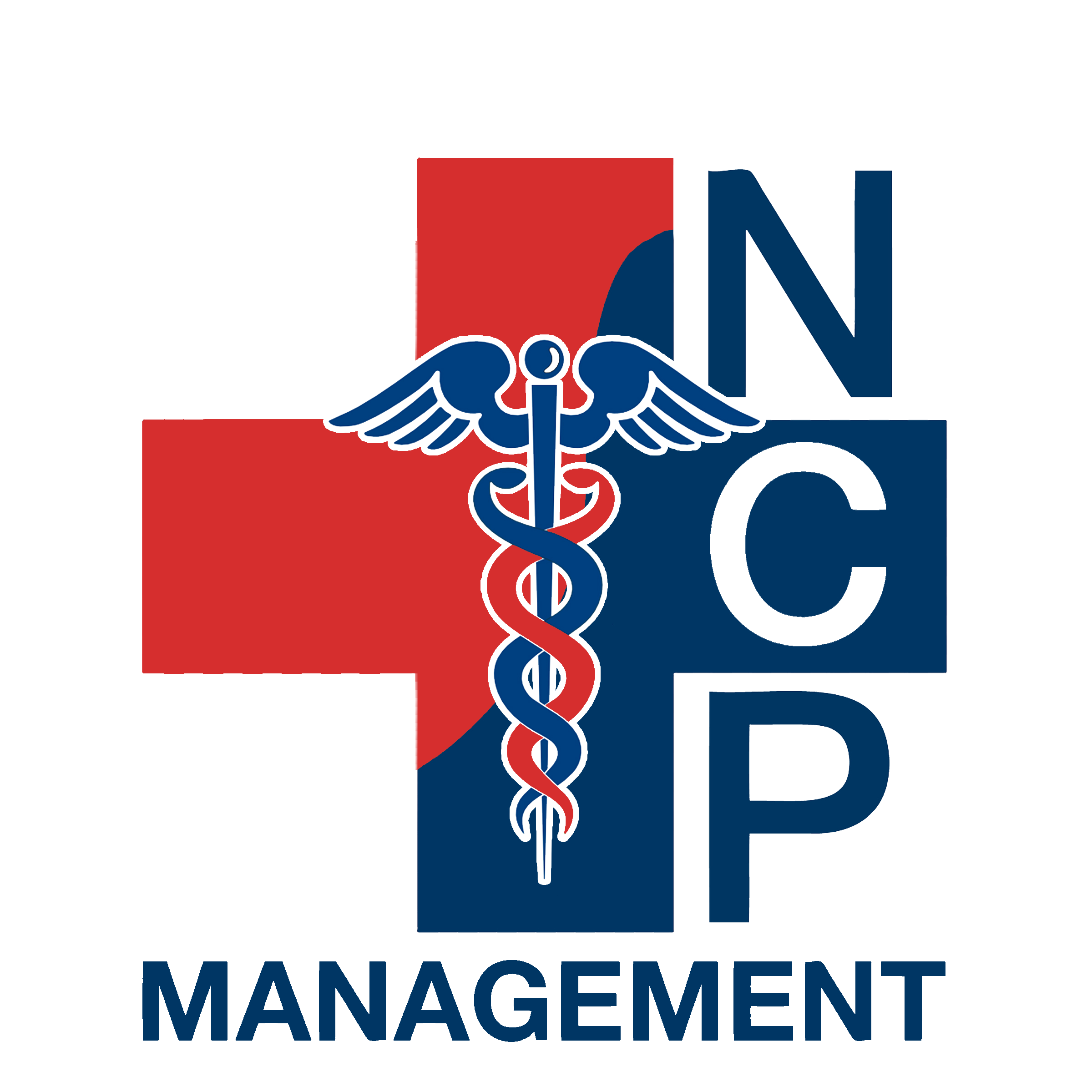
Micro-hospitals constitute a rising trend that shows signs of taking over the healthcare industry, 30,000 to 60,000-square foot spaces that offer a wide range of medical services in a small, neighborhood setting. Just like a regular Hospital they run 24/7, all year long, and commonly have between 10 – 20 beds where patients can be observed or admitted for a short stay. With as low as $10 – $15 Million initial cost, it has come within the reach of many healthcare entrepreneurs.
Just like any other business, a micro-hospital requires many checks and balances to ensure proper cash flow. Unlike many other businesses, a micro-hospital comes with many forms of costs and expenses. We’re going to break down what these costs are, how they work, and how to best mitigate any losses.
Fixed Costs:
Your fixed costs are also known as indirect costs or overhead costs. These are your business expenses that are not dependent on goods or services produced by the business. They tend to be recurring, such as interest or rents being paid per month. Nearly every type of business will have some sort of fixed costs they can expect to be paid every month, regardless if you’re producing or not.
Taking a look at the fixed cost for a micro-hospital include at the minimum:
Rent, utilities, mandatory license requirements, insurance, payroll, IT expenses, and cost of equipment. Even if a micro-hospital isn’t bringing in business, they must operate with these expenses as well as a skeleton crew to keep the doors open and stay compliant. You can see how not bringing in business could quickly drain your cash on hand. It’s important to always know your fixed costs to calculate your minimum you can earn per month. This is what will allow you to stay in business.
It may also appear that anything earned above your fixed costs is profit. With a micro hospital there will always be more costs to deal with. We can forget about these variable costs.
Variable Costs:
Your variable costs are costs that change as the quantity of the good or service that a business produces changes.
Your business may appear “busy” from an operational standpoint, but in a micro-hospital that almost always means exceptionally more costs have accrued.
For instance, it has been calculated that the cost of using an OR is on average $29-31 a minute, of that:
$18-19 are Direct Costs (Staff and Supplies)
$9-11 are Indirect Costs (Facility, Equipment, Utilities)
$2-3 are uncalculated costs (unavoidable wastage)
It’s important to know how much volume you can support. Again, more business means more variable costs. You may not be prepared to front these variable costs to support your sudden growth. This is especially true for a micro-hospital. Much of a micro-hospital’s income comes from insurance payouts. These payouts are often delayed quarters out from when services were rendered. Managing and pre-planning your future cash flow will be key to planning for growth and variable costs that go with it.
Carefully managing your fixed costs, variable costs, and cashflow, your increased volume can easily and successfully be managed. With experience you can be much more prepared for more volume in the next quarter. A healthcare management company like NCP Healthcare Management can help you get there!

